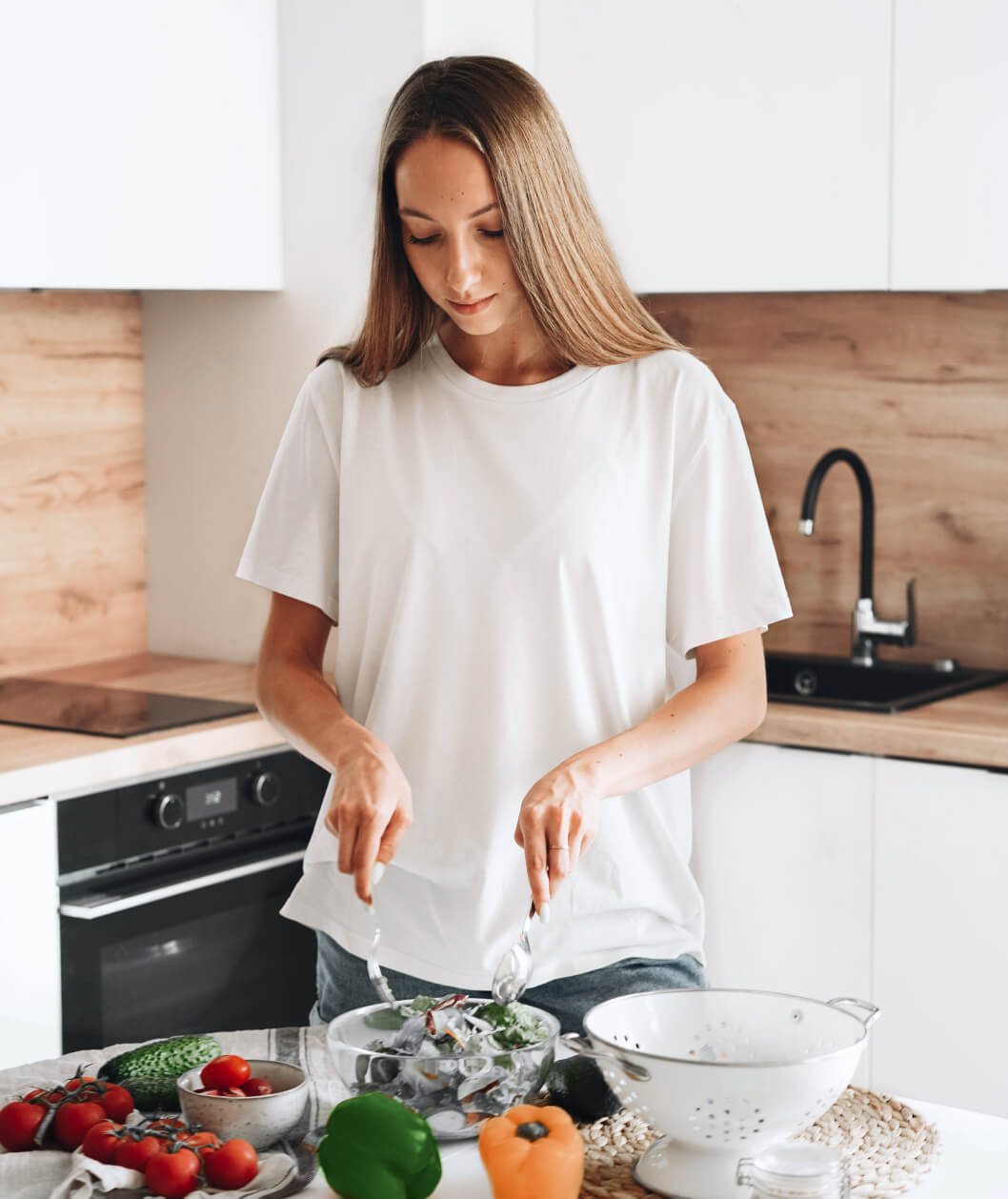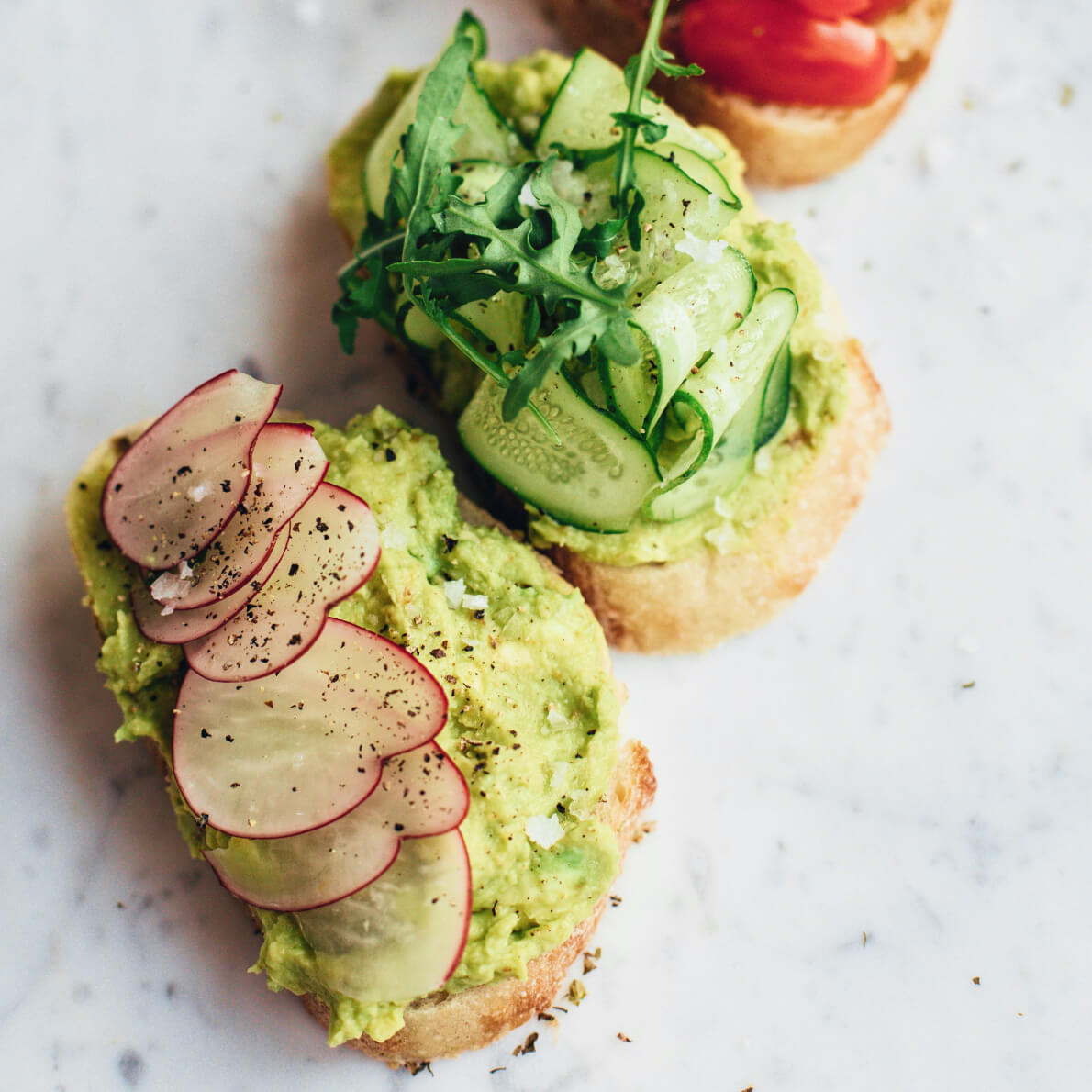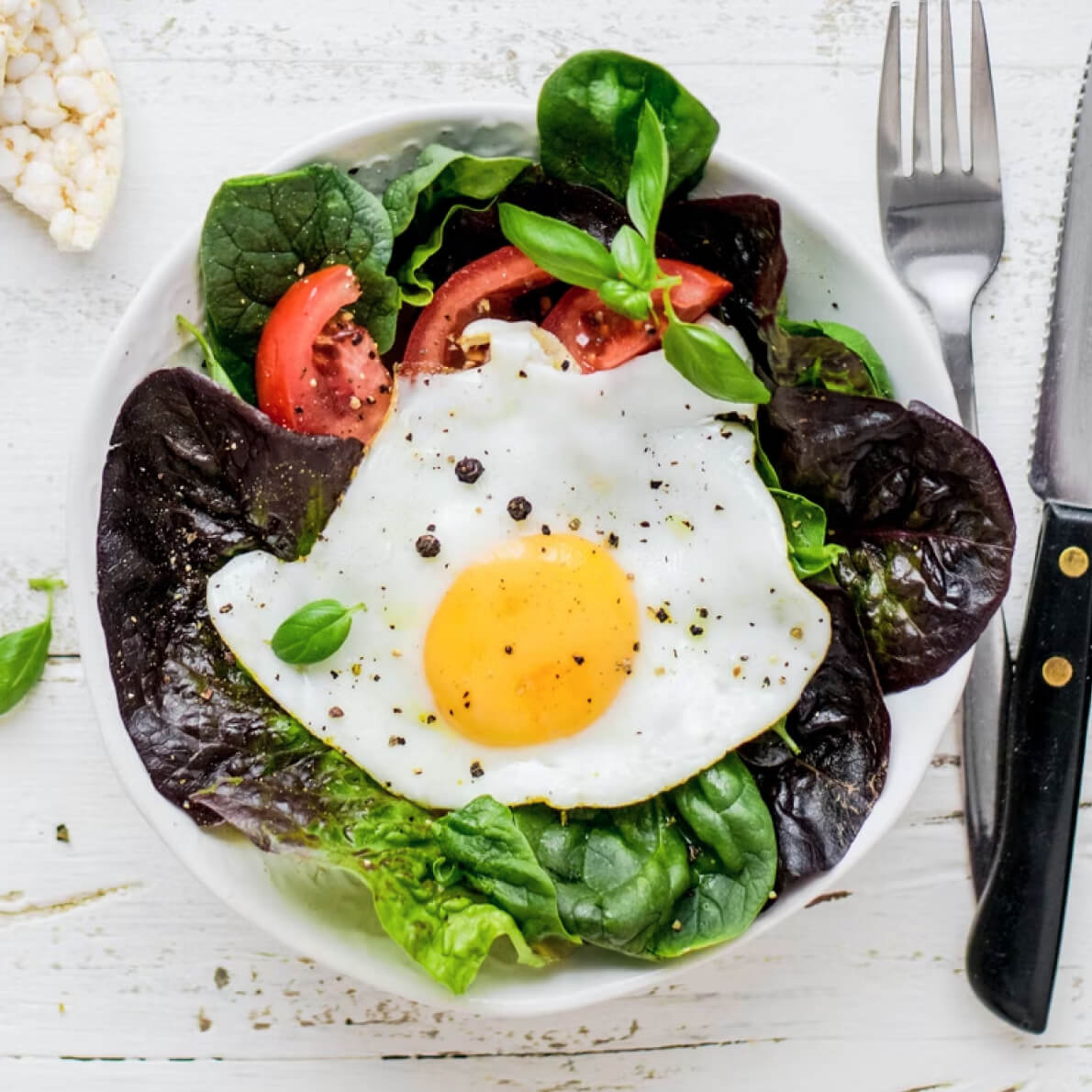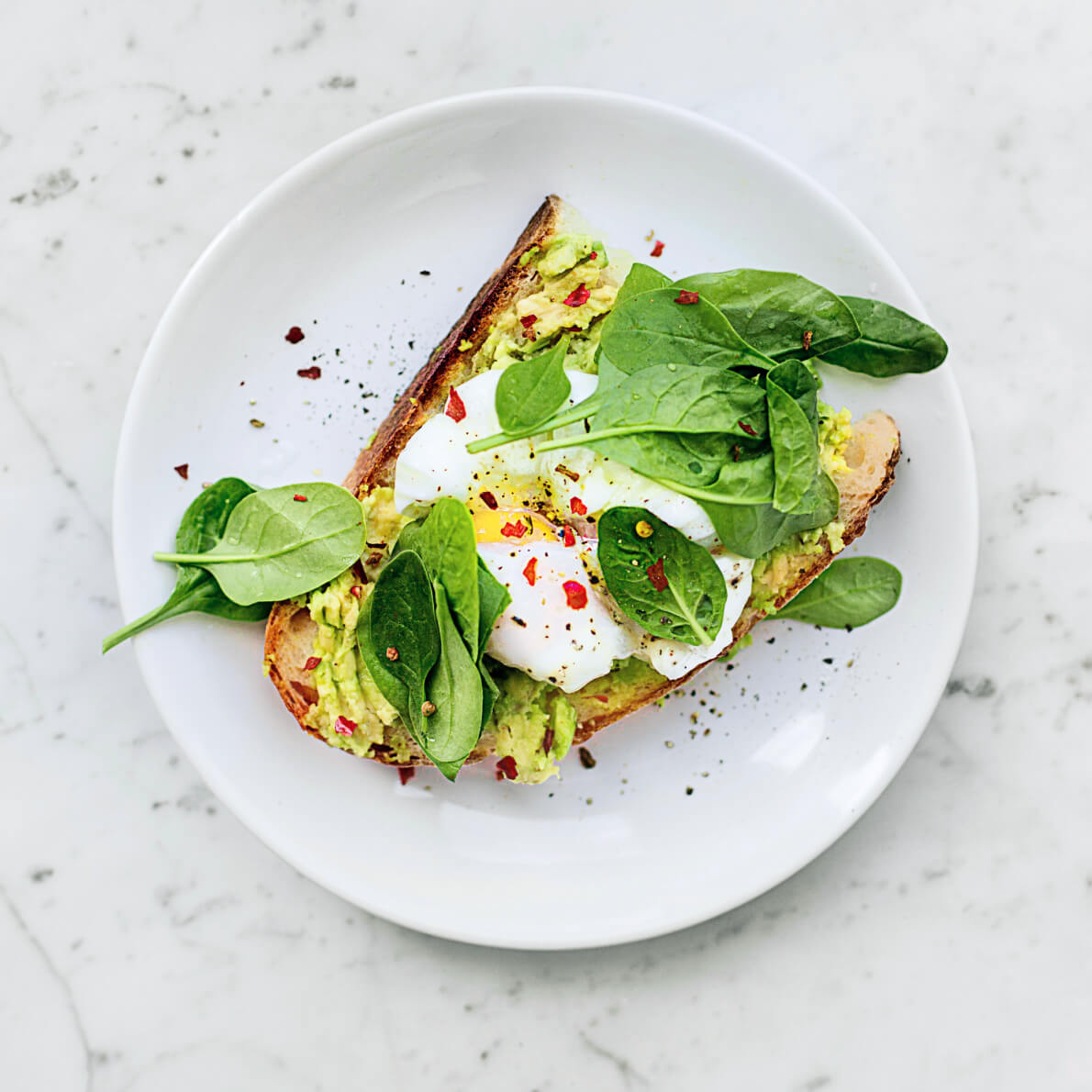
About me

Al Anjavi — IT Consultant & MetaboAI Founder
My name is Al Anjavi, and I’m an IT consultant with over 30 years of experience. I’ve also lived with type 2 diabetes for more than 25 years.
Despite working with excellent doctors, I often struggled to find a simple, practical routine—especially to manage the morning rise (dawn phenomenon and feet-on-the-floor effect) and everyday nutrition.
At one point, my A1C reached 8.8%, and I knew I needed a different approach.
Drawing on my background in technology, I combined AI-powered tools with a back-to-basics lifestyle routine to take control of my health where standard approaches had fallen short. Over time, these habits helped me bring my A1C down to below 5.7%.
I created MetaboAI to share these simple, effective steps so others can also gain control over their diabetes. To better understand how my body responds to different foods, the dawn phenomenon, the feet-on-the-floor effect, and exercise, I use a Continuous Glucose Monitor (CGM) for real-time tracking and insights.
Why MetaboAI
I built MetaboAI to make these routines easier—quick answers about morning glucose, meal ideas, and gentle reminders to move after meals. It distills what worked for me into clear, step‑by‑step guidance that’s easy to follow.
Taming the Dawn Phenomenon
The dawn phenomenon is a hormone-driven rise in glucose that often appears between about 3:00–8:00 AM (cortisol, growth hormone, and the liver’s glucose release get you “ready for the day”). To blunt that rise, I kept mornings predictable and chose a protein-forward first meal. When needed, I used a small, balanced bedtime snack to soften the early-morning bump.
Evening setup: Consistent bedtime/wake time; avoid heavy late-night carbs and alcohol.
Bedtime snack (optional): ~10–15g protein + 5–10g healthy fat, ≤10g net carbs (e.g., Greek yogurt + walnuts; cottage cheese + chia; a small cheese stick + a few almonds).On waking: Hydrate, light movement, and delay fast carbs; start with protein and non-starchy veggies.Breakfast order: Veggies/protein first, then any carbs; keep portions modest.Test & tune:Try one change for 3–5 mornings and review your CGM/meter trends.
Feet-on-the-Floor Phenomenon
Getting out of bed can trigger a small glucose bump (stress hormones + liver glucose). I counter it with a simple wake-up routine before breakfast: water → breathing → 10-minute walk, then a protein-forward meal.Hydrate: 1 glass of water as soon as I wake up.Calm the nervous system: 2 minutes of deep breathing (e.g., box breathing 4-4-4-4).Move first: 10-minute easy walk (or gentle mobility indoors) before breakfast.Protein-first meal: Start with protein and non-starchy veggies; add carbs last if needed.Avoid fast carbs on waking: Skip juice, pastries, or large sugary drinks first thing.Test & tune: Try this for 3–5 mornings and compare your meter/CGM trends.
Walk 10 minutes after meals
A short, comfortable walk after eating made a noticeable difference. Ten minutes was enough to help flatten post‑meal spikes— and it fit my schedule
Protein‑forward meals, smarter carbs
Center the plate on protein (eggs, fish, chicken, Greek yogurt, tofu) and non‑starchy veggies.Use fibrous carbs in modest portions (beans/lentils, berries, quinoa, bulgur).Be mindful with bread, rice, pasta, and sweets; choose smaller portions and pair with protein & veggies.Where possible, eat veggies → protein → carbs to slow the rise.Alcohol choice (personal): Replaced beer with a small pour of dry wine (e.g., Cabernet Sauvignon).Bread swap (personal): Replaced white bread with a small slice of buckwheat bread—in practice, I avoid white bread altogether.
Intensity matters
When I ran and my heart rate climbed above ~125 bpm, my glucose often spiked. Switching to a brisk walk kept my heart rate lower and usually reduced my glucose instead.This page shares my personal experience. Everyone’s glucose response is unique—use these ideas as education and talk to your clinician about what’s right for you.Simple Daily ChecklistProtein-forward breakfast; avoid big, fast carbs early.Optional: small balanced snack at bedtime if mornings run high.After each meal: 10-minute walk.Hydrate, manage stress, and aim for consistent sleep.Results vary; this is not medical advice.

Knowledge & experience to support you
I built MetaboAI from lived trial-and-error and careful study—30+ years in IT, 25+ years with type 2 diabetes, and an A1C journey from 8.8% to <5.7%. The goal isn’t perfection; it’s a practical, repeatable routine you can own.
Knowledge, translated. We turn confusing advice into simple moves: understand mornings (the dawn phenomenon and feet-on-the-floor effect), add 10-minute walks after meals, and build protein-forward plates with smarter carbs. You’ll also see real-world swaps—like dry wine over beer, or a small slice of buckwheat bread instead of white.
Experience, tested. I validate ideas with a CGM and keep what consistently works. That means fewer “shoulds,” more data-guided tweaks—timing, meal order, portion size, and gentle movement you’ll actually do.
Support, when you need it. MetaboAI includes a friendly chat for quick questions, mini checklists you can follow today, and a lightweight A1C-from-average-glucose estimator to keep you motivated between lab visits. Each tool is designed to be clear, fast, and useful in everyday life.
Educational, not medical care. MetaboAI is here to teach, guide, and encourage. Use it alongside your clinician’s advice, celebrate progress, and keep moving toward the numbers—and the energy—you’re aiming for.
Follow me on Instagram
Follow me on Instagram for bite-size guidance you can use today—taming the dawn phenomenon, “feet-on-the-floor” mornings, 10-minute post-meal walks, and protein-forward meals. I share CGM snapshots, simple swaps (dry wine over beer; buckwheat over white bread), quick checklists, and progress updates. Tap Follow at @MetaboAI and DM your questions, I often turn them into how-to posts for everyone.





